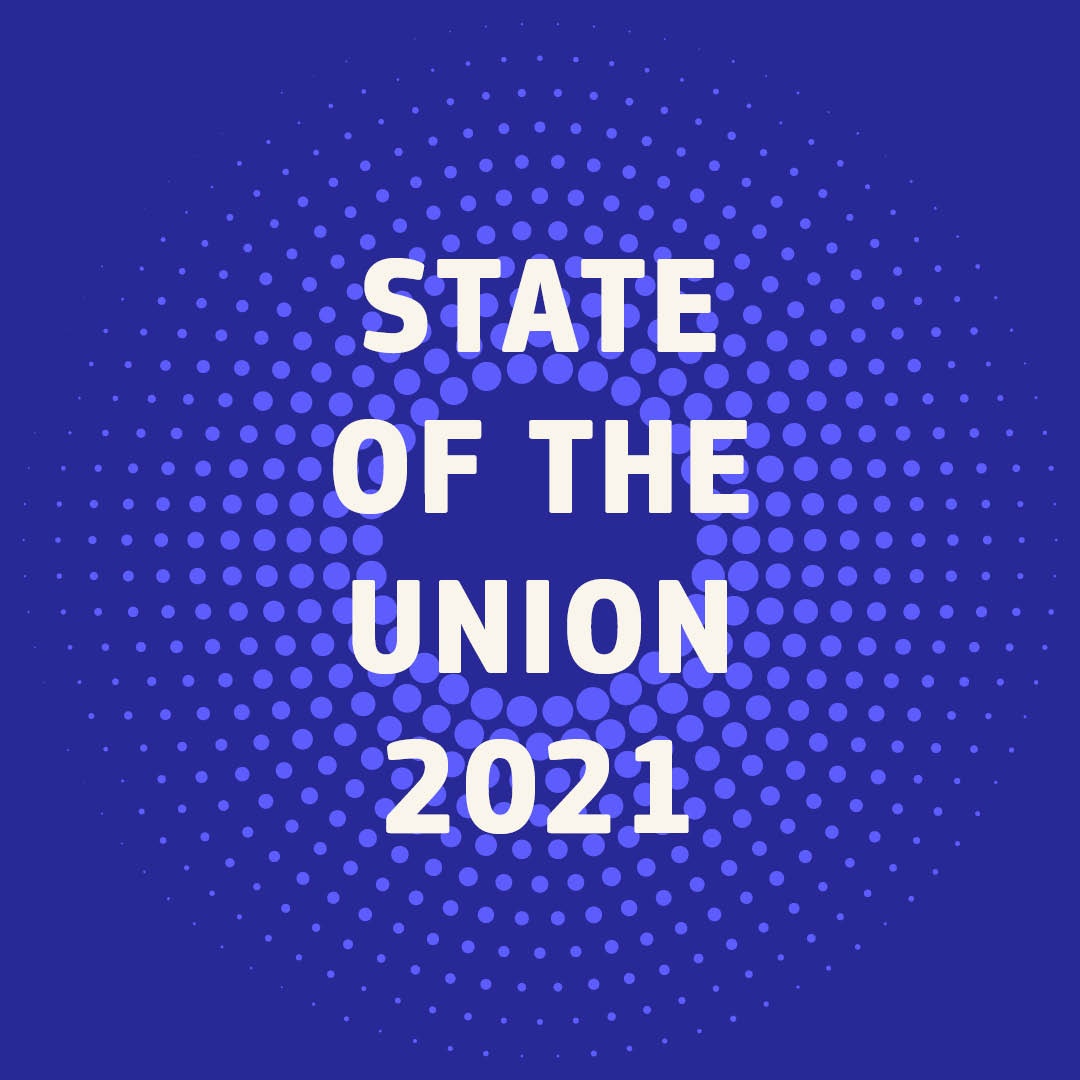
European Commission President Ursula von der Leyen delivered on September 15 her second State of the Union address in the European Parliament in Strasbourg. A key moment in the European calendar, this speech highlights crucial priorities for the imminent future and sets out what truly matters in the eyes of the European Commission.
President von der Leyen covered European and global health, especially with reference to the COVID-19 response, future generations, competitiveness, digitalisation, international cooperation, and recovery. She underscored the European Green Deal as a significant achievement and a cornerstone for the future of the EU, adding that Europe should go further and faster to tackle the climate crisis.
However, while the European Green Deal is taking shape, extreme weather events are happening, and the IPPC sixth assessment report stresses the urgent need to double down on the green transition. By underlining this reality, Von der Leyen's speech reiterated the European Union's role ahead of COP26, and that of all major economies worldwide to set up concrete plans to decarbonise by mid-century.
EERA generally welcomes the ambitious and committed vision outlined by the President, especially as far as climate change is concerned. On this, von der Leyen made clear that "since it is man-made, we can do something about it" and highlighted that the EU was the first major economy to present comprehensive legislation in this area. She also promised to support developing countries by doubling funding for biodiversity and pledging an additional €4 billion for climate finance until 2027 to support their green transition.
On the other hand, EERA regrets that not enough emphasis was given to the magnitude of the challenge humanity is facing, as this will take much more than cleaning the energy and switching to smarter cars. Recent reports by the IEA, the IPCC and the IPBES are steadfast about the profound changes that need to be undertaken to tackle the climate emergency, which imply a systemic change all across the board.
As far as energy systems are concerned, the understanding of this emergency prompts an immediate boost to R&I investment across the TRL scale to step up not only the full-scale deployment of technologies (TRL 9) that are not yet on the market but also as importantly, the formulation of technology concepts or applications (TRL 1 and 2). Indeed, according to the IEA report, half of the technologies needed for the transition to net-zero to happen are still in their infancy, underlining the important role research plays in achieving this goal.
Additionally, EERA restates the absolute necessity to address climate and environmental issues from a holistic and systemic perspective and revise the siloed approach that has been "hardcoded" in our societies' architecture and governance system. With that in mind, the EERA White Paper on the Clean Energy Transition will represent a first and landmark attempt to break existing governance and policy silos, proposing a more consistent, integrated, and convergent transition approach towards climate neutrality.
This EERA flagship publication will be officially released at the occasion of the high-level policy conference "The Clean Energy Transition: From Vision to Reality" that will take place on October 20 in Brussels. We invite interested stakeholders to join us at this occasion to learn and debate on EERA’s recommended approach to driving the Clean Energy Transition.